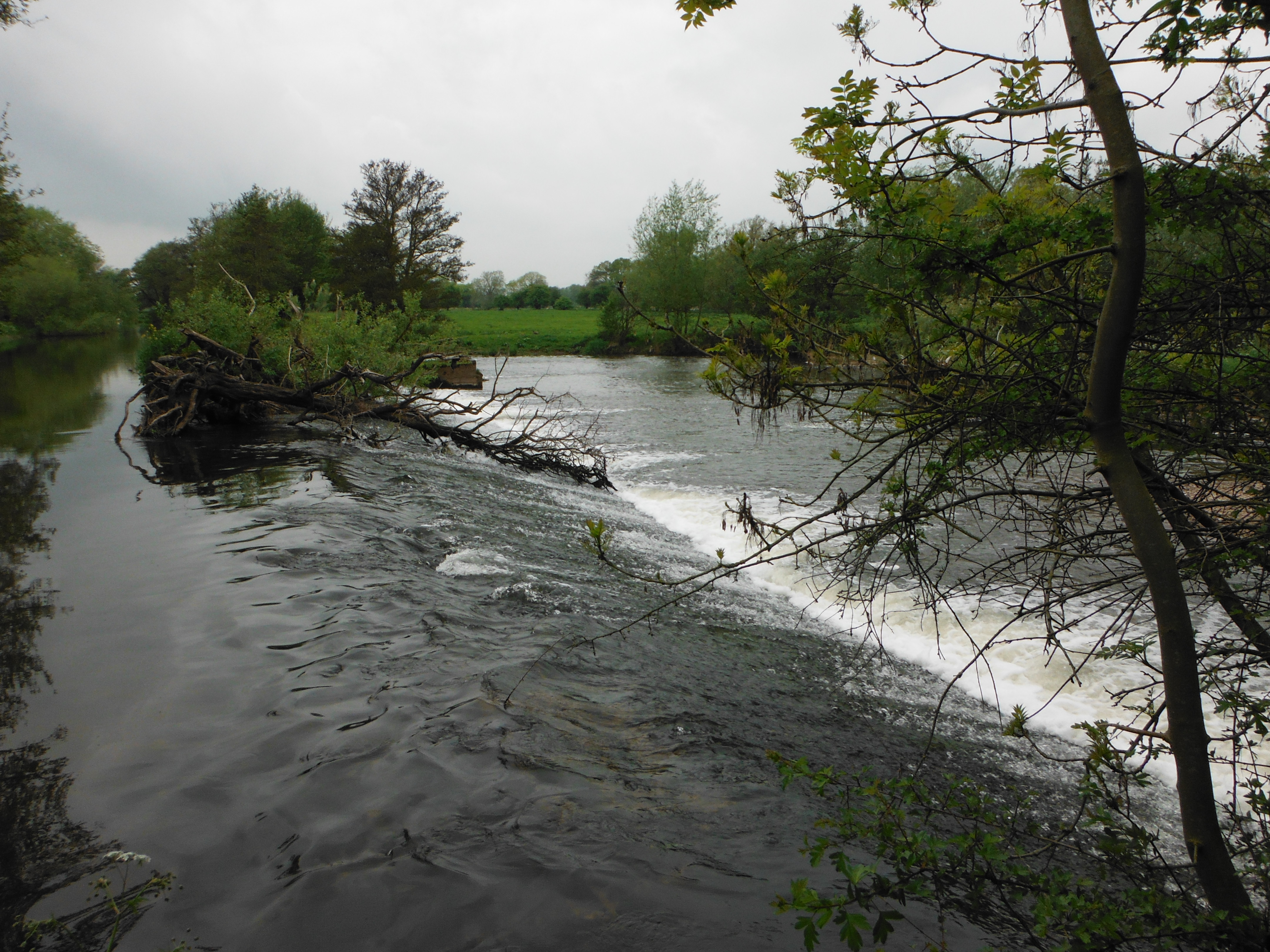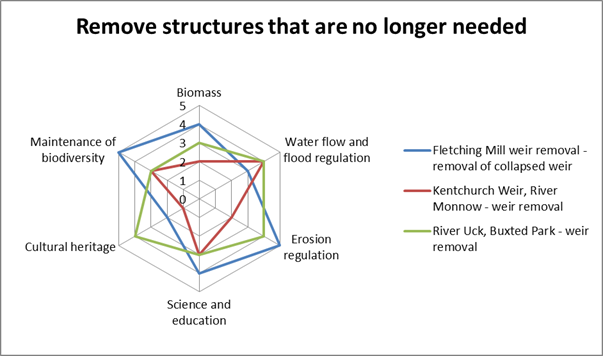If a structure is deemed ‘obsolete’ by the Environment Agency asset management team, this means it no longer holds a purpose and can be removed. This opens up an opportunity to restore the river that the structure is in.
If it cannot be removed (due to cost or feasibility constraints) then opportunities to alter it, to improve connections between the water levels upstream and downstream of the structure, should be explored. This can include modifications to a structure that will enable fish passage such as fish or eel passes.
 For rivers, this activity can only occur in direct response to specific structures such as:
For rivers, this activity can only occur in direct response to specific structures such as:
- Dams
- Sluices
- Weirs
- Pumping stations
- Bed and bank reinforcement
Techniques
There are a wide range of techniques that can be used to implement this environmental improvement, depending upon the type and characteristics of the water body in which it is going to be applied. These include:
- Completely remove the structure
- Replace the structure with an alternative such as a rock ramp, which retains water levels whilst allowing fish passage and minimising changes to the form of the channel
- Removal of hard bank protection and reprofiling of banks
- Removal of hard bank protection and replacement with a soft engineering technique that is suitable for the watercourse
Benefits
Removing structures that are no longer needed can deliver a wide range of direct and indirect benefits, including:
- Direct benefits to salmonids, eels, coarse fish and other aquatic organisms by allowing free movement of populations and individuals within the water body
- Direct benefits to plants, invertebrates, birds and animals which live on the banks and riparian zone
- Improvements to in-channel habitats for aquatic plants, fish and invertebrates
- Improvements to the physical habitat conditions of the watercourse, including the creation of a more natural bank profile and the creation of more varied habitat niches
- Restoration of natural processes, including erosion and deposition
- Improvements to the aesthetic value of the watercourse and improvements to its recreational value
- Reduction in maintenance costs of hard defences
- Avoidance of health and safety risks associated with the existing structure
- Reduced flood risk upstream of the existing structure
- Reduced costs of ongoing maintenance of the structure
Case Study Benefits
This diagram displays a comparison of benefits scores (using a high-level ecosystem service assessment methodology) associated with the techniques used in each case study. More details on the methodology can be found here.